
®
SHIPSPOTTING.COM
WELCOME TO SHIPSPOTTING.COM
FWN SOLIDE - IMO 9321093
Photo
details
Photographer:Rico Voss [ View profile ]
Captured:Feb 27, 2016
Title:Fwn Solide
Photo Category:Casualties
Added:Feb 28, 2016
Views:4,015
Image Resolution:2,000 x 1,333
Description:
Something went wrong here I think. Broken crane of the FWN Solide
Somebody knows something about it
Vessel
particulars
Current name:FWN SOLIDE
Former name(s):
- Ual Europe (Until 2015 Jun)
Current flag:Netherlands
Home port:Groningen
AIS Position
of this ship
There is no AIS Position Data available for this ship!
Would you like to add AIS Coverage?

Photo
Categories
This ship exists in the following categories:
Casualties - 1 photos
General cargo ships built 2000-2010 (Over 3000gt) - 81 photos
Photographers
of this ship
(39)
1 photos
3 photos
4 photos
3 photos
5 photos
2 photos
1 photos
1 photos
3 photos
1 photos
1 photos
2 photos
1 photos
4 photos
1 photos
1 photos
4 photos
2 photos
1 photos
2 photos
1 photos
3 photos
2 photos
1 photos
5 photos
2 photos
6 photos
1 photos
3 photos
1 photos
2 photos
1 photos
1 photos
1 photos
2 photos
1 photos
2 photos
3 photos
1 photos
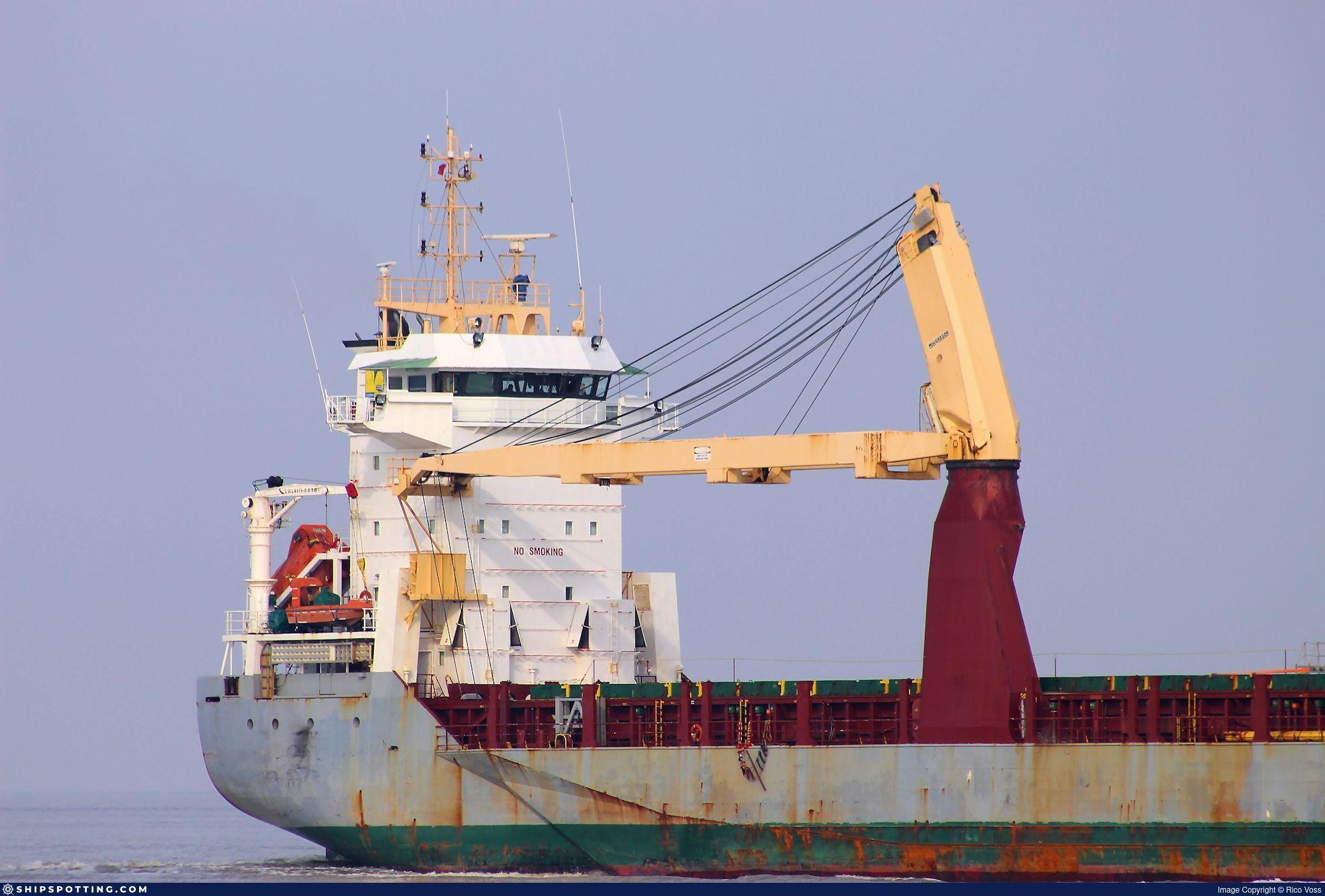

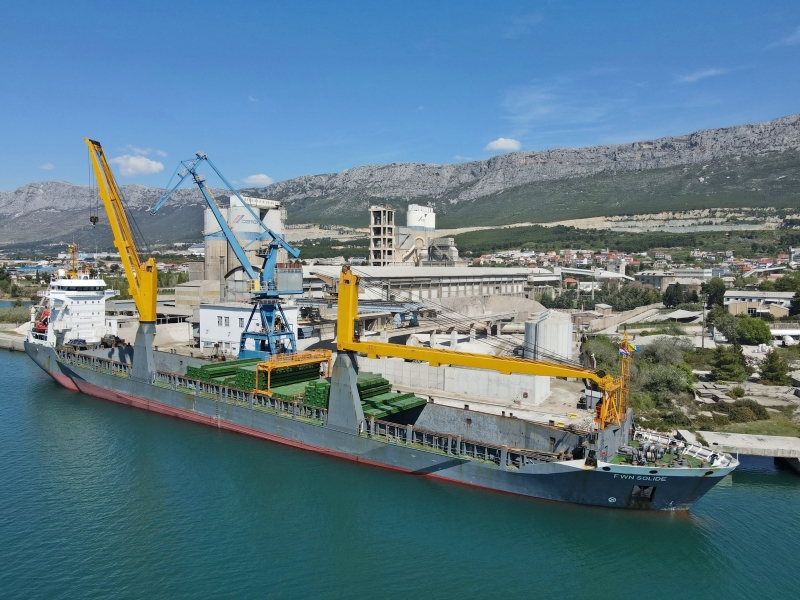
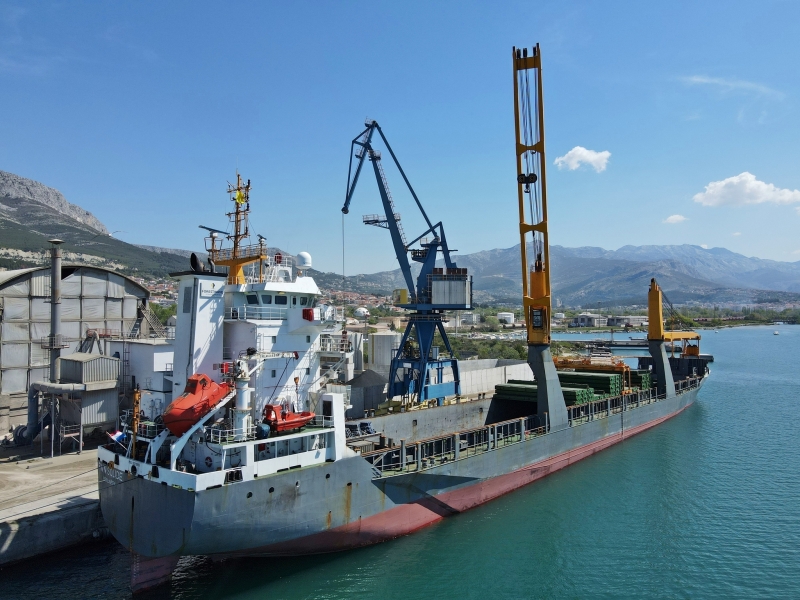
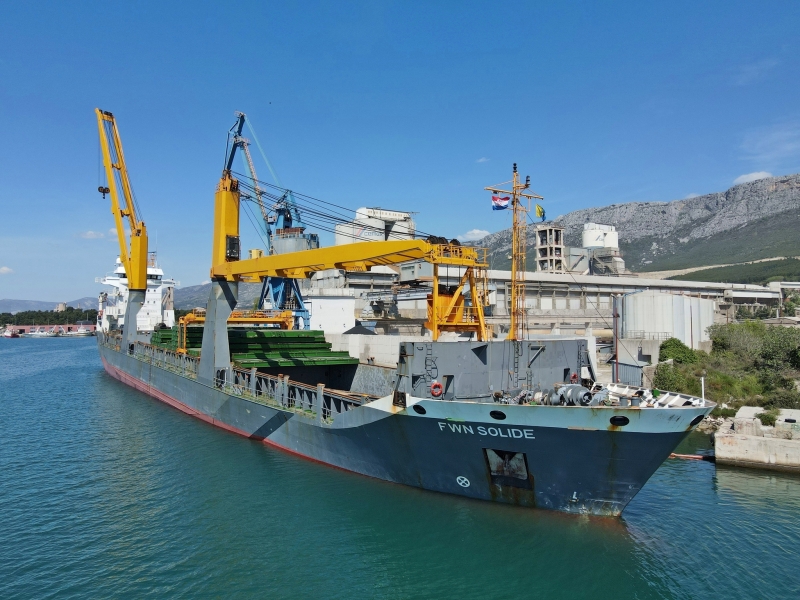
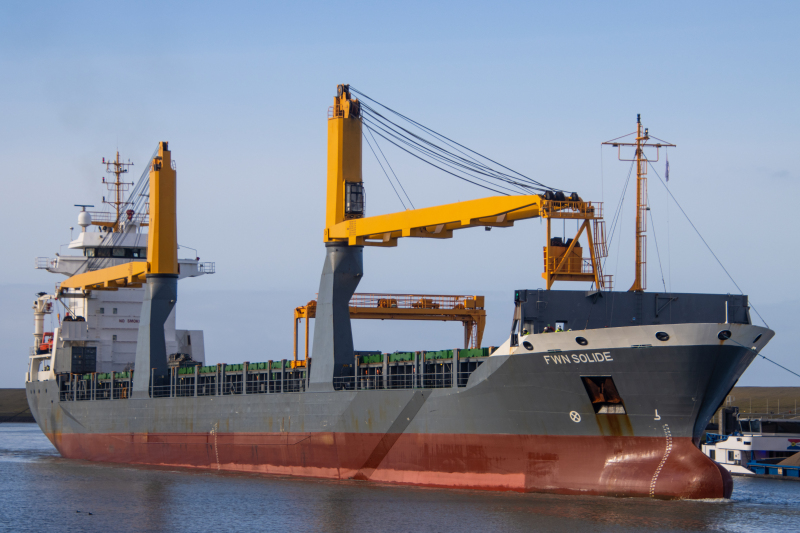
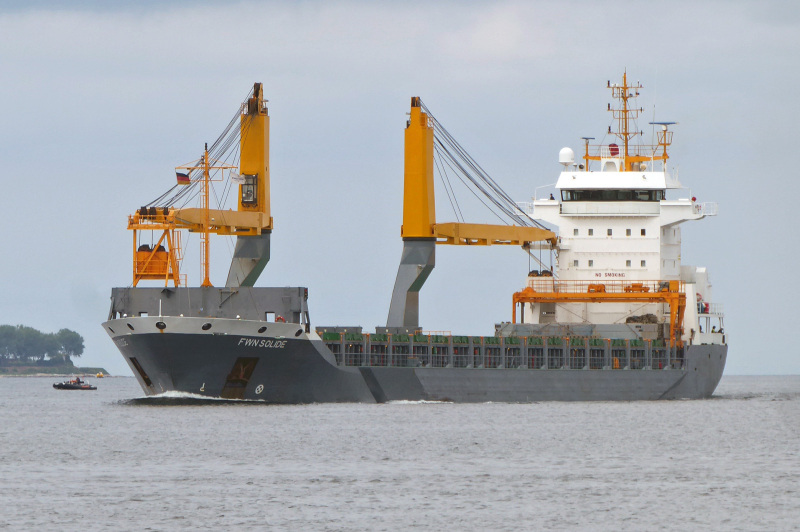
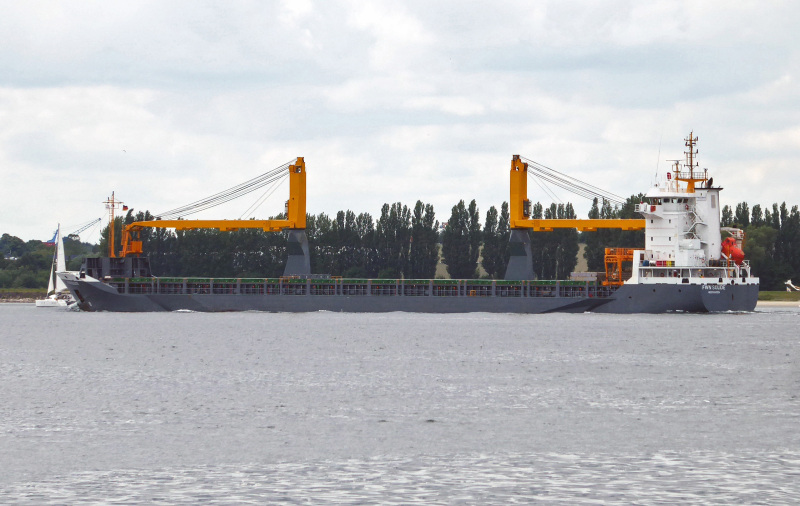
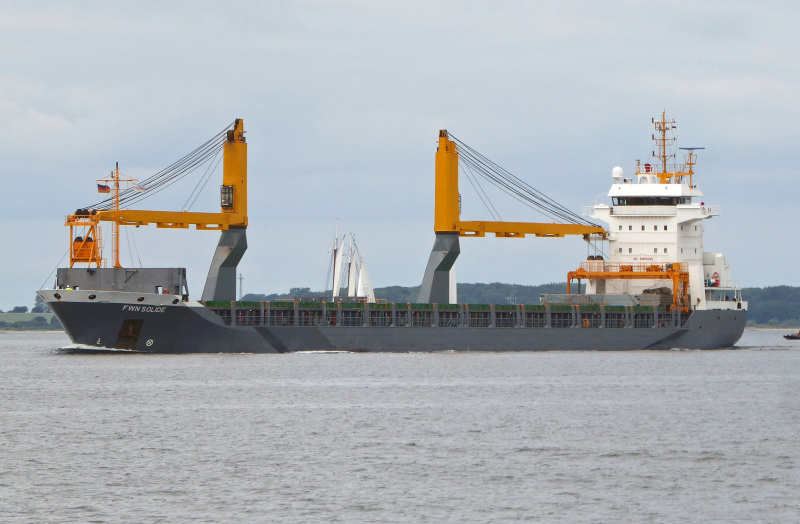
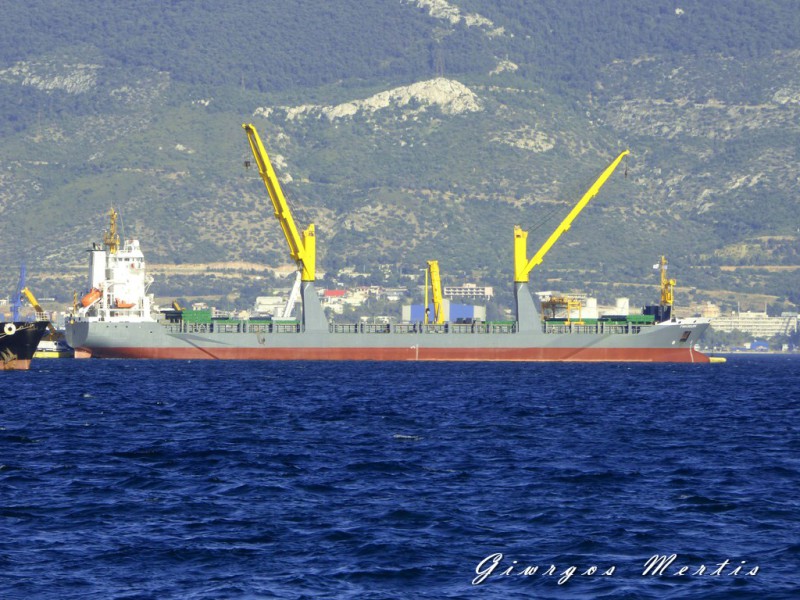


COMMENT THIS PHOTO(17)
Edit
comment
Edit
comment
Edit
comment
Your attempts were well understood by me, much appreciated.
Edit
comment
Edit
comment
Edit
comment
I started my comment with: "what could have happened"
I have seen overload protections being by-passed on several occasions as well.
My experience with a -then- high SWL was with a Stuelcken derrick with an SWL of 225 tons.
That was normally secured for the sea voyage by tensioning the runner tackle which pulled everything in the system taut.
That had to be done carefully as was explained to me by the bosun, as high reaction forces would be introduced in the ships construction.
Later, when I was able to lay my hands on the forces diagram of that Stuelcken derrick I saw how right he was then. I saw reaction forces up to 1000 tons!
During a cargo gear inspection I found a 25 tons derrick bent in the horizontal plane. That happened when the crew used the derrick to pull a load horizontally in position. Yes, a new derrick had to be made.
It is pretty easy to overload lifting appliances if you do not pay attention when you use them.
Well, may-be we will hear from somebody what happened.
Edit
comment
Edit
comment
How do you know it happened exactly like that? Maybe the column buckled already during the heavy lift operation & then they stored the crane like it is.
Edit
comment
I'm sorry but that doesn't make any sense to me.
I'm very curious what happened here but I don't think it happened because the crane driver kept tensioning the runner wire with the boom in the boomrest.
For the boom it doesn't matter much whether it's supported by the hanger wires or by the boomrest in this position.
When the boom is hanging in it's wires all that tension also ends up at the sheeves on the top of the cranehousing, the cranehousing is made for this and can handle quite a bit more than the normal load in the crane. So with the crane in the boomrest and the hangerwires slack (that's the only time you start tensioning up the runner wire) there is actually less force on the top of the cranehousing than when the crane is in normal use.
Furthermore: if somebody puts so much tension on the wire to buckle the housing I'm pretty sure some alarms would have gone off and some overload protection would have kicked in waaaay before this happened.
I don't know what caused it, and unless somebody of the crew comes forward I don't think we'll know for sure.
Edit
comment
Edit
comment
Edit
comment
Edit
comment
Since the opening in the crane housing for the cabin creates a discontinuity in that crane housing it will buckle in the area as visible on the photo.
Edit
comment
Edit
comment
http://www.shipfriends.gr/forum/gallery/image/65444-patras-tugs-06012016/
Edit
comment
Edit
comment